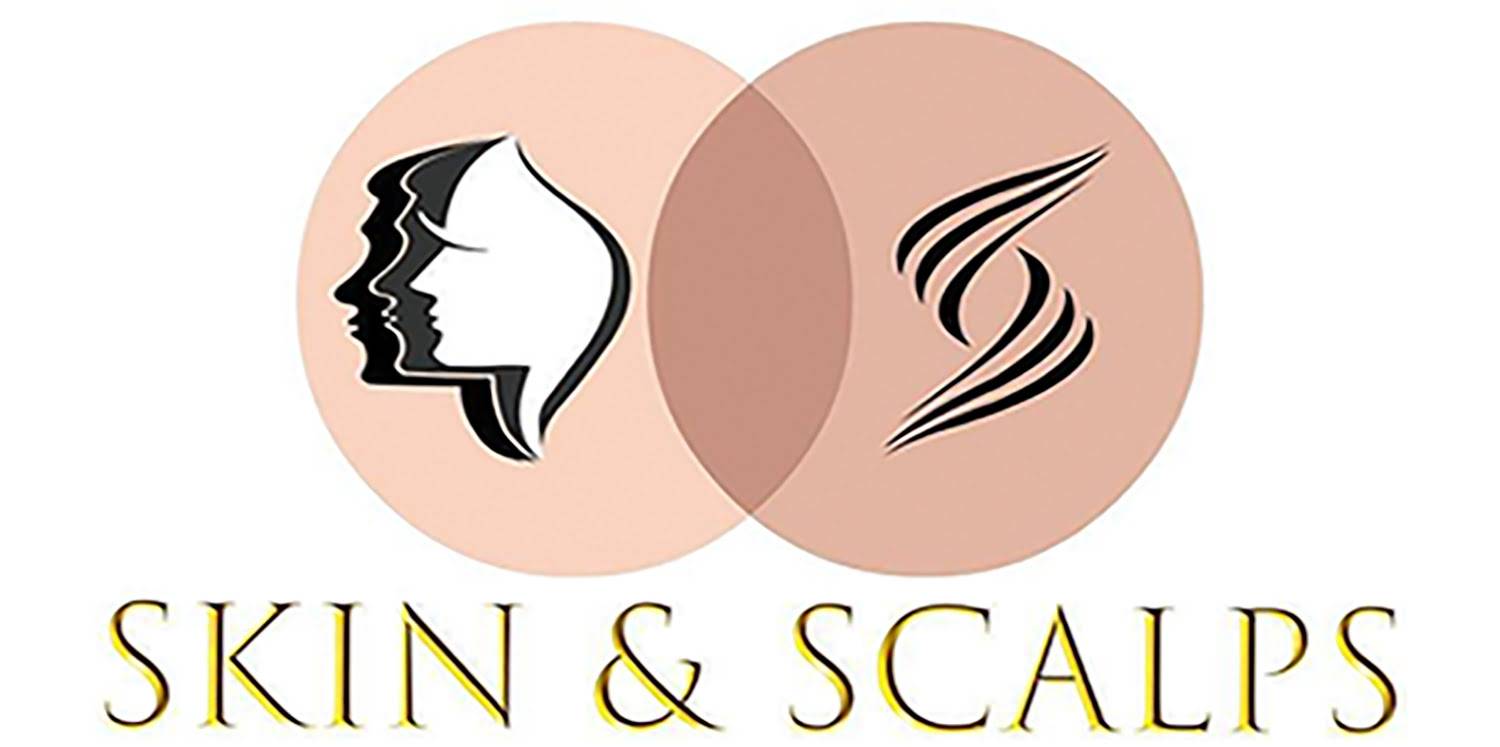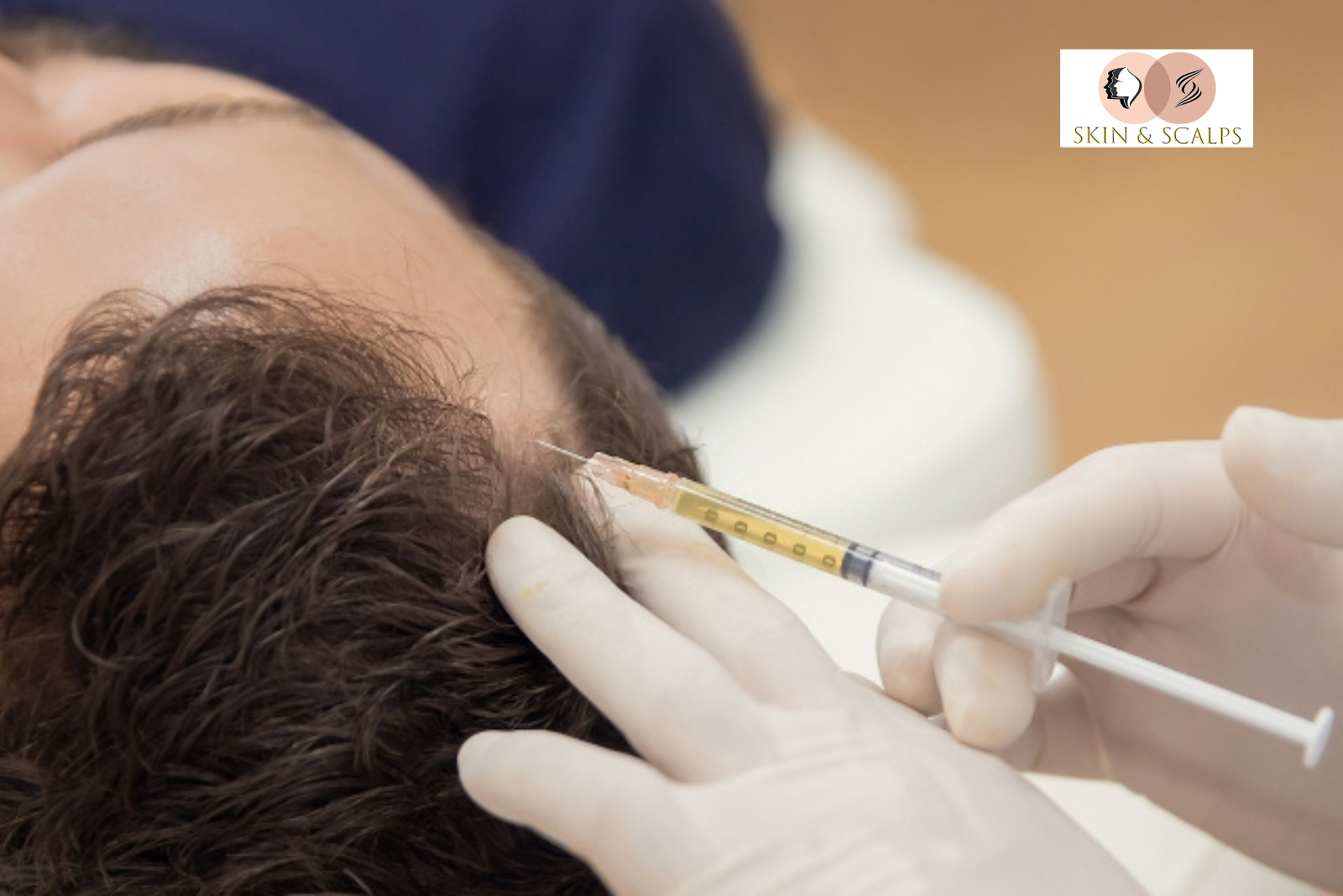Hair loss and thinning are more than just aesthetic issues; they can have an impact on people’s self-esteem, emotions, and confidence. After trying numerous oils, shampoos, and supplements with little to no success, many people end up looking for answers. That’s where Platelet-Rich Plasma (PRP) therapy comes in. This cutting-edge procedure uses your body’s inherent healing abilities to naturally grow back stronger, healthier hair. Our specialty at Skin & Scalps is PRP therapy, which is intended to promote growth and enhance the vitality of the scalp. This guide
will take you through the steps if you’ve been wondering how it operates and what to anticipate.
Understanding PRP Therapy
PRP therapy uses the regenerative power of your own blood to stimulate hair growth. In this procedure, a small sample of blood is drawn, and it is then centrifuged. Furthermore, it separates platelets, which are rich in growth factors, from other components of the blood. Then the concentrated plasma is injected into the scalp. By stimulating dormant hair follicles, these growth factors improve the scalp’s health. Since it uses your own blood, the treatment is natural and safe.
Why Choose PRP for Hair Growth?
PRP uses your body’s natural healing process instead of harsh chemicals or surgery. Over time, it strengthens hair follicles by increasing blood circulation around them. Within weeks of treatment, patients frequently observe less hair loss. Many people also notice healthier, thicker hair after multiple sessions. The main benefit is that it nourishes follicles at the cellular level, addressing the underlying cause.
The PRP Treatment Process
Although attending your first session might sound intimidating, the process is plain and simple. First, the doctor will take a tiny sample of your blood. Then the platelet-rich plasma is extracted from that sample by centrifuging it. When the plasma is ready, the physician injects it into
specific scalp areas. The treatment process usually takes less than an hour, and anesthesia can be used to minimize discomfort. Most patients characterize what they feel as a slight pinching or pressure.
What to Expect After the Session
Your scalp might feel a little sore right after the procedure. Although temporary, some redness and swelling are also common. Within a day, the majority of patients comfortably resume their normal daily activities. However, for a full day, intense workouts and exposure to the sun should be avoided. Improvement occurs gradually rather than all at once. After the second or third session, noticeable results usually show up. Hair appears thicker, feels stronger, and sheds less. Since complete results take several months, patience is important.
Treatment Frequency and Duration
For optimal results, PRP therapy normally requires several sessions. Most patients undergo three to six treatments spaced about a month apart. It is advised to have maintenance sessions every six to twelve months following the initial stage. Regular checkups encourage scalp health and growth. The timeline may vary depending on age, genetics, and the severity of hair loss.
Is PRP Therapy Suitable for Everyone?
PRP might not be suitable in every case, even though it works well for many. Other options might be required for those with scarred follicles or sophisticated baldness. Ideal candidates are those experiencing early thinning or mild to moderate hair loss. People with certain medical
conditions, such as bleeding disorders, may not qualify. A consultation with our expert at Skin & Scalps will ensure that you receive the right advice for your case.
Benefits Beyond Hair Growth
PRP treatment is not limited to follicle stimulation. Through tissue repair and increased circulation, it enhances scalp health. Some patients report less irritation on their scalps and less dandruff. PRP improves the environment for hair growth by replenishing the scalp with nutrients. It improves the general vitality of hair when combined with the right diet and care.
Safety and Side Effects
There is very little chance of an allergic reaction because PRP uses your own blood. Tenderness or redness are signs of mild, temporary side effects. When carried out in a sterile clinical setting, infection is uncommon. Choosing an experienced clinic further reduces risks. Our specialists
follow strict safety protocols to ensure your comfort and care.
Preparing for PRP Therapy
You can get ready for treatment by following a few easy steps. For an easier blood collection, sip on lots of water prior to your appointment. Stay clear of alcohol and tobacco since they can
interfere with healing. Talk to your doctor about any medications you take because some of them can cause blood thinning. A more seamless course of treatment and a quicker recovery are guaranteed when you arrive prepared.
Long-Term Expectations
PRP is a journey that results in healthier hair rather than a one-time miracle. Maintaining improvement over time requires consistency. PRP is often used in conjunction with lifestyle
modifications such as improved nutrition, stress reduction, and hair care. Results become more apparent with time, and confidence increases. PRP can improve the health of your hair if you have reasonable expectations and attend regular sessions.
Final Thoughts
Hair loss affects more than just appearance; it impacts how you feel about yourself. For many people with thinning hair, PRP therapy provides a safe, natural, and efficient remedy. Our team at Skin & Scalps customizes treatments to meet your specific requirements. We can help you in achieving fuller, stronger hair by fusing cutting-edge technology with gentle care. So, if you’re ready to take the first step toward hair restoration, PRP therapy might be the answer.

